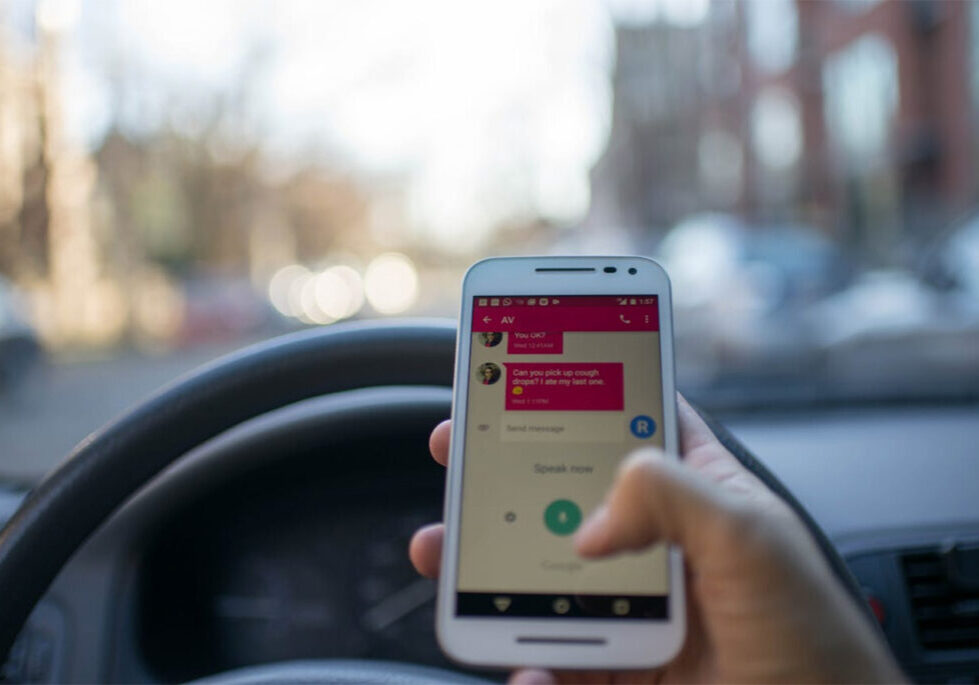Jaywalking refers to when a pedestrian walks across a road where there is no designated crosswalk or marked intersection. It also refers to an individual that walks in a signalized crosswalk in disobedience of the signal—crossing when a signal says “Don’t Walk.” Jaywalking is dangerous for both pedestrians and drivers. In recent years, vehicle collisions with pedestrians have increased. In 2018, more than 14,000 pedestrians were injured on California roadways according to the California Office of Traffic Safety.
When you need to cross a road, you might think it is acceptable and safe to do so if no cars are around. In fact, jaywalking is not only dangerous, but also illegal in the state of California.
Jaywalking is dangerous and illegal because it can catch drivers off guard and interfere with the flow of traffic.
Jaywalking is considered an infraction, or minor violation of the law. The penalty for jaywalking is usually a fine or written warning. California Vehicle Code 21955 states as follows:
“Between adjacent intersections controlled by traffic control signal devices or by police officers, pedestrians shall not cross the roadway at any place except in a crosswalk.”
Note that there may be some exceptions if police control the roadway or instruct you otherwise.
In 2017, there was some debate as to the specifics of a “traffic control signal device” and how long, in seconds, a pedestrian actually has to cross the street when using a crosswalk. For instance, do you need to reach the other side when the countdown ends, or do only need to enter the crosswalk before the countdown ends, just as drivers can enter an intersection when a stoplight is yellow?
On October 2, 2017, California Governor Jerry Brown signed into law a bill that authorizes pedestrians to enter and use a crosswalk so long as they make it across the street before the signal’s countdown ends, clarifying the law.
Some cities have their own local codes for jaywalking. For example, Sacramento City Code 10.20.020 states that no pedestrian is permitted to cross a street unless they are within a crosswalk. Sacramento City Code 10.20.050 similarly asserts that no person shall stand in any roadway if they interfere with the movement of traffic. Other cities such as Roseville or Rocklin may have the same or similar codes pertaining to jaywalking.
Although it’s against the law, jaywalking is so common that police generally cite pedestrians only if their behavior is excessive or presents an obvious danger. In cities like New York City, Chicago and Boston, three cities which prohibit jaywalking, citations are exceedingly rare. In 2017, a Boston Globe reporter Dugan Arnett spent the day jaywalking in an attempt to get cited. Though the reporter did not use crosswalks, going so far as to jaywalk in front of police, they were never cited.
When jaywalkers are cited, the fine amount varies. The fines may be as little as $1—in California, the base fine for jaywalking is $25—but the actual total cost of a ticket can run as high as $250 due to additional surcharges, penalties and assessments.
An injured jaywalking pedestrian can still file an injury lawsuit.
A jaywalking pedestrian who is involved in a car accident, truck accident, or motorcycle accident and sustains injuries can still file a lawsuit against the driver. However, such a lawsuit is subject to California’s comparative negligence law. The plaintiff in a personal injury lawsuit may be found partially at fault for the accident, reducing a defendant’s liability.
It is up to a court or jury to assign a percentage of fault to the defendant and the plaintiff. It’s possible that an injured pedestrian is found partially liable for an accident and their resulting injuries, especially if the pedestrian jaywalked. Keep in mind that this is not true of every case. The court or jury will rule based on the facts surrounding your injury. This is why hiring an experienced personal injury lawyer is important.
If a plaintiff is found partially liable, the defendant will only be required to pay damages equal to their percentage of liability.
Drivers may not see pedestrians, especially at night. Here are some steps you can take to stay safe.
Despite 60% fewer cars on the road at night, 40% of all vehicle accidents happen after dark. Even if you are a pedestrian that follows the law—maybe you jog regularly, and you’re always sure to use the crosswalk—there is still a chance you could get hit by a car.
Here are some ways you can stay safe while walking outside:
- Wear bright colored, reflective clothes and use a flashlight at night.
- Always walk on the sidewalk and use crosswalks wherever possible.
- When crossing the street, try to make eye contact with drivers to ensure they see you.
- Do not text or talk on the phone when you are about to cross the street.
- Look left-right-left before crossing a street.
- Watch for turning vehicles that may not be obviously seen.
Jaywalking is dangerous. In California, it’s also illegal. While it is true that jaywalking citations are rare, it’s always better to be safe and wait to cross the street until you are at a marked crosswalk.
Do you need to speak with a pedestrian injury attorney? Contact the lawyers at Penney & Associates. We have decades of expertise and have helped people just like you earn the injury compensation they deserve.



